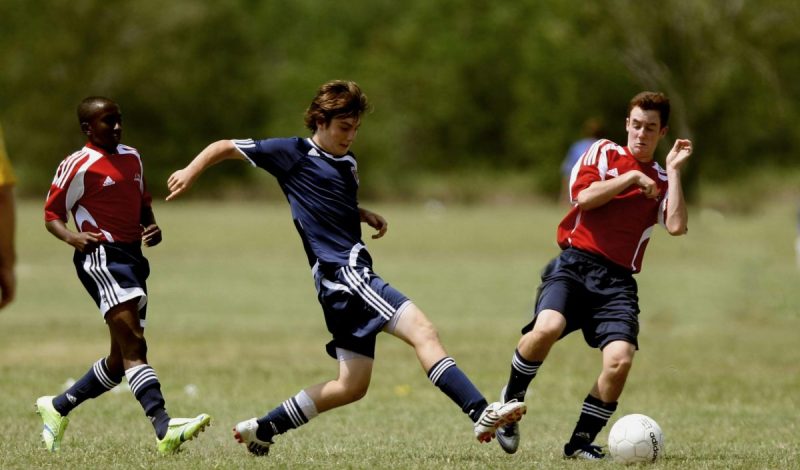Understanding Hip Labral Tears
What Is a Hip Labral Tear?
A hip labral tear occurs when the cartilage that lines and protects the hip socket (acetabulum) becomes damaged. This cartilage is called the labrum, and it plays a vital role in maintaining joint stability, smooth movement, and shock absorption within the hip joint. The most common cause of hip labral tears is femoroacetabular impingement (FAI), which results from abnormal contact between the femoral head and the acetabulum during hip movement.
Symptoms of Hip Labral Tears
The symptoms of a hip labral tear can vary, but they often include:
- Hip Pain: Especially when bending, moving, exercising, or participating in sports.
- Stiffness: You might feel restricted in your hip joint’s range of motion.
- Clicking or Popping Sensation: When you move your hip.
- Unsteadiness or Instability: Particularly when standing or moving.
Interestingly, some individuals with small labral tears may remain asymptomatic, unaware of the tear unless it’s incidentally detected during imaging for other issues.
How Does a Hip Labral Tear Feel?
The pain associated with a hip labral tear can vary based on the severity of the tear and any accompanying injuries. Here’s what patients typically experience:
- Dull Ache: Often constant and deep within the hip joint.
- Sharp and Stabbing Pain: Especially during specific positions or activities (such as lying on the affected side or during exercise).
- Radiating Pain: Some people feel discomfort in the groin, lower back, or leg.
- Altered Movement Patterns: Unconscious changes in posture due to pain can stress surrounding muscles and tissues.
Physiotherapy for Hip Labral Tears
Physiotherapy plays a crucial role in managing hip labral tears. Here’s how it can help:
Pain Reduction: Physiotherapists use manual therapy techniques to alleviate pain and improve hip joint mobility.
Strengthening: Targeted exercises help strengthen the muscles around the hip, providing better support and stability.
Range of Motion Improvement: Specific stretches and movements enhance joint flexibility.
Functional Training: Learning proper movement patterns and body mechanics helps prevent further strain on the hip.
Education: Patients receive guidance on activity modification, posture, and self-management strategies.
Preventing Hip Labral Tears
While some labral tears are unavoidable due to trauma or structural abnormalities, you can take steps to reduce your risk:
- Avoid Overloading the Hip Joint: Be mindful of extreme hip positions during exercises or daily activities.
- Maintain Hip Strength and Flexibility: Regular exercise, including targeted hip exercises, can help.
- Listen to Your Body: If you experience hip pain or discomfort, seek professional advice promptly.
Remember, early intervention and a comprehensive physiotherapy program can significantly improve outcomes for individuals with hip labral tears. So, if you suspect you might have one, don’t hesitate to consult a healthcare provider or a skilled physiotherapist.
Feel free to ask if you’d like more information or have any other questions, give the clinic a call on 01242 254000 or book online to see one of our expert professionals.





